Optimizing the production process of coffee paper cup machines is essential for enhancing efficiency, reducing waste, and improving product quality. As demand for paper cups continues to rise due to environmental concerns over plastic, manufacturers need to streamline their operations to meet this demand. This article explores various strategies and techniques that can be implemented to optimize the production process of paper cup machines.
Understanding the Production Process
The production process of coffee paper cup machine involves several key steps, including raw material preparation, cup forming, printing, and packaging. Each step plays a crucial role in determining the overall quality and efficiency of the final product. Understanding these stages allows manufacturers to identify potential bottlenecks and areas for improvement.
Investing in Advanced Technology
One of the most effective ways to optimize the production process is by investing in advanced technology. Modern coffee paper cup machine come equipped with automation features that enhance speed and precision. For instance, automatic feeding systems reduce manual handling, minimizing the risk of errors and increasing throughput. Additionally, machines with integrated quality control systems can detect defects in real-time, ensuring that only high-quality products are produced.
Streamlining Workflow
Streamlining the workflow is another critical aspect of optimization. This involves analyzing the layout of the production floor and reorganizing equipment and workstations for maximum efficiency. Implementing lean manufacturing principles can help eliminate unnecessary steps in the production process. By creating a smooth flow of materials and minimizing movement, manufacturers can significantly reduce production time and costs.
Enhancing Employee Training
Employee training is vital for optimizing the production process. Well-trained staff are more adept at operating machinery and troubleshooting issues as they arise. Providing ongoing training sessions focused on machine operation, quality control, and safety protocols not only boosts productivity but also fosters a culture of continuous improvement. Engaging employees in decision-making processes can also lead to innovative ideas for enhancing production efficiency.
Implementing Preventive Maintenance
Preventive maintenance is essential for minimizing downtime and extending the lifespan of coffee paper cup machine. Establishing a regular maintenance schedule helps identify potential issues before they escalate into costly repairs. Technicians should conduct routine checks on critical components, such as motors, blades, and heating elements. By ensuring that machines are operating at peak performance, manufacturers can maintain consistent production output.
Utilizing Data Analytics
Data analytics plays a crucial role in optimizing production processes. By tracking key performance indicators (KPIs), manufacturers can gain insights into production efficiency, product quality, and resource utilization. Implementing data-driven decision-making allows companies to identify trends, forecast demand, and make informed adjustments to production schedules. This proactive approach can lead to significant improvements in overall operational performance.
Reducing Material Waste
Reducing material waste is a critical component of optimizing the production process. Manufacturers should assess their raw material usage and seek ways to minimize excess. This can involve optimizing cutting patterns, recycling scrap material, and using biodegradable or sustainably sourced materials. By adopting sustainable practices, not only do manufacturers reduce costs, but they also improve their environmental footprint.
Improving Quality Control Measures
Quality control is paramount in the production of paper cups. Implementing stringent quality control measures at every stage of production ensures that defects are caught early. This can include visual inspections, automated testing, and statistical process control techniques. By establishing a robust quality assurance framework, manufacturers can reduce rework and returns, ultimately saving both time and resources.
Fostering Supplier Relationships
Building strong relationships with suppliers can greatly impact the efficiency of the production process. Reliable suppliers ensure consistent quality and timely delivery of raw materials, which is essential for maintaining production schedules. Engaging in collaborative planning with suppliers can help align goals and expectations, leading to improved supply chain efficiency. Establishing long-term partnerships can also result in better pricing and access to innovative materials.
Emphasizing Safety Standards
Maintaining high safety standards within the production facility is crucial for both employee well-being and operational efficiency. A safe working environment reduces the likelihood of accidents, which can disrupt production and lead to costly downtime. Implementing comprehensive safety training and regularly updating safety protocols help create a culture of safety that benefits everyone involved in the production process.
Conclusion
Optimizing the production process of coffee paper cup machine is a multifaceted approach that requires investment in technology, training, and innovation. By understanding the production process, streamlining workflows, and implementing preventive maintenance and data analytics, manufacturers can significantly enhance efficiency and product quality. Embracing sustainable practices and fostering strong supplier relationships further contribute to a successful production environment. Ultimately, these strategies not only meet increasing market demands but also position manufacturers as leaders in the environmentally-conscious packaging industry.




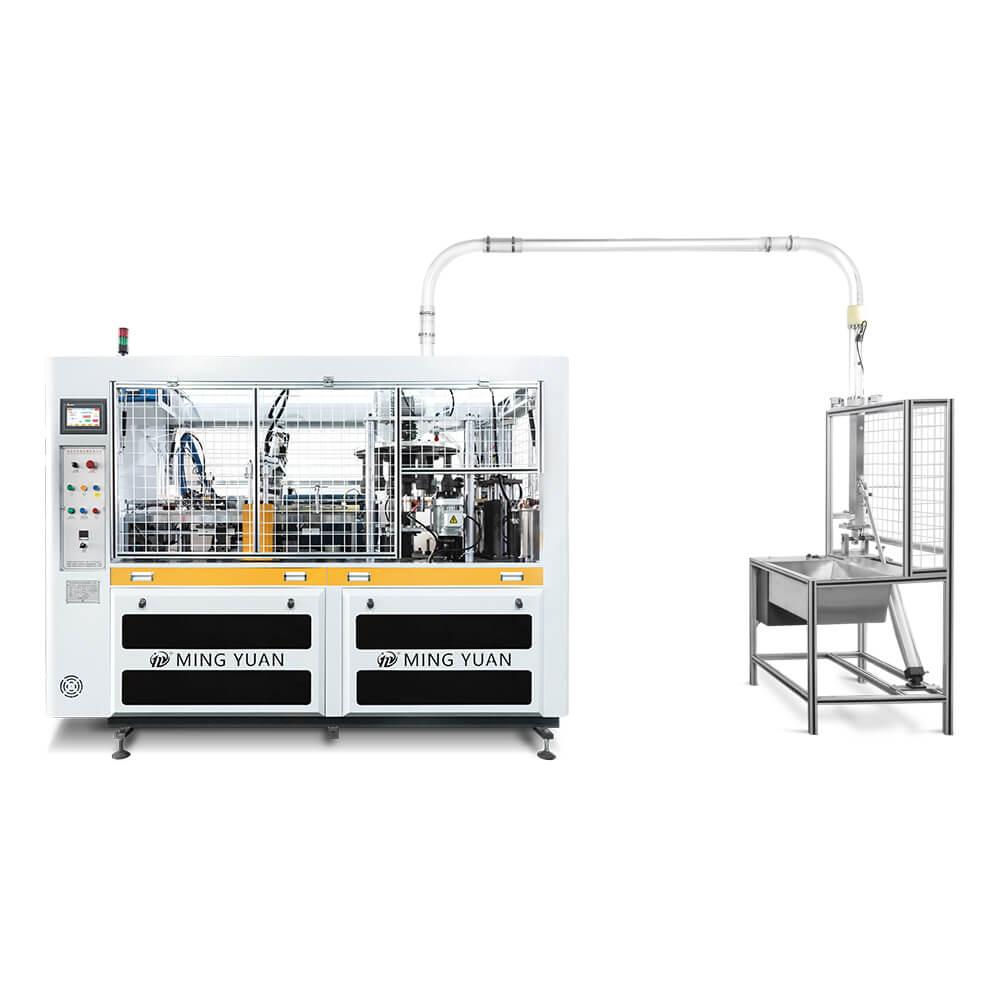
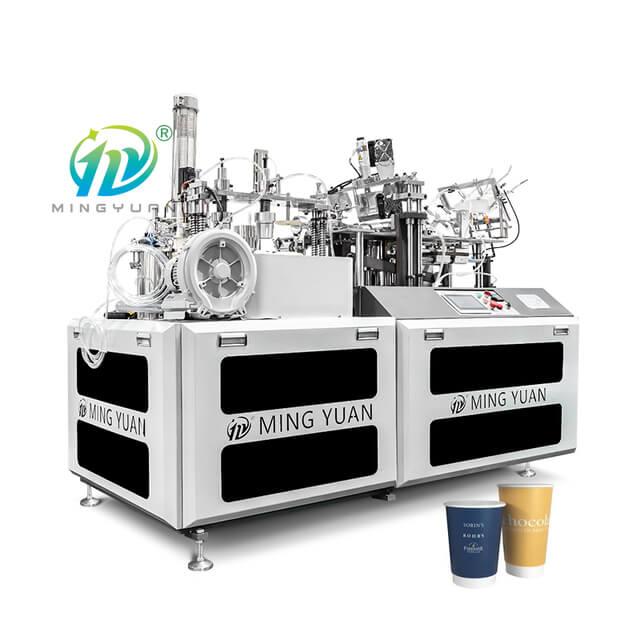
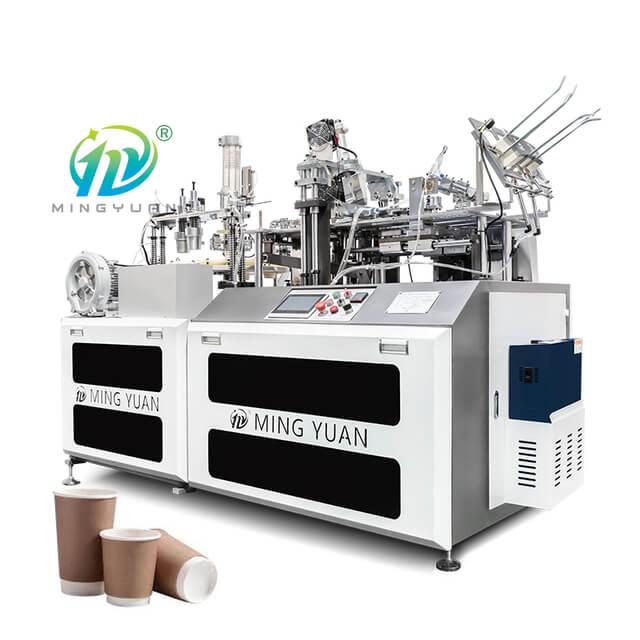
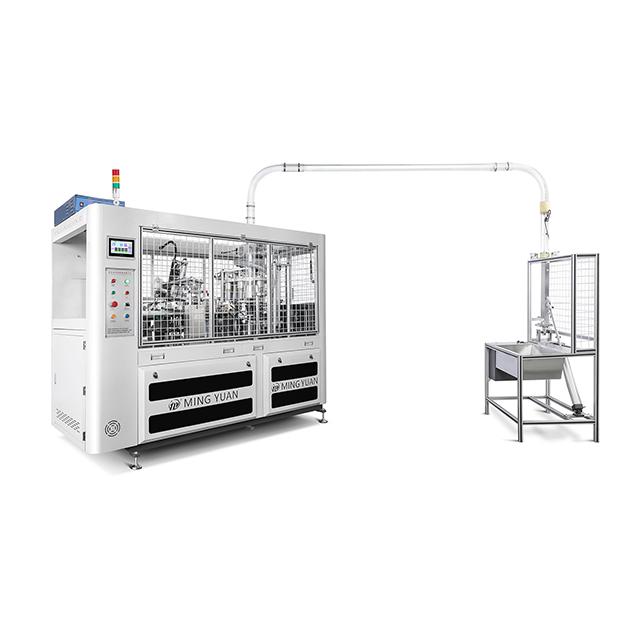
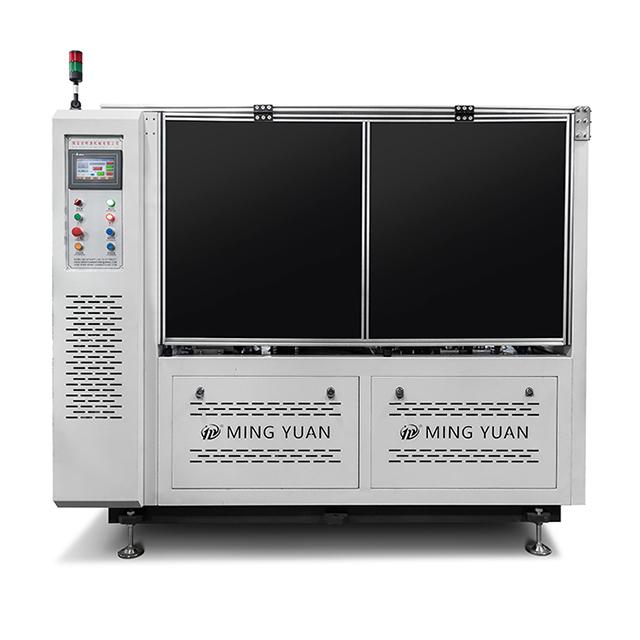
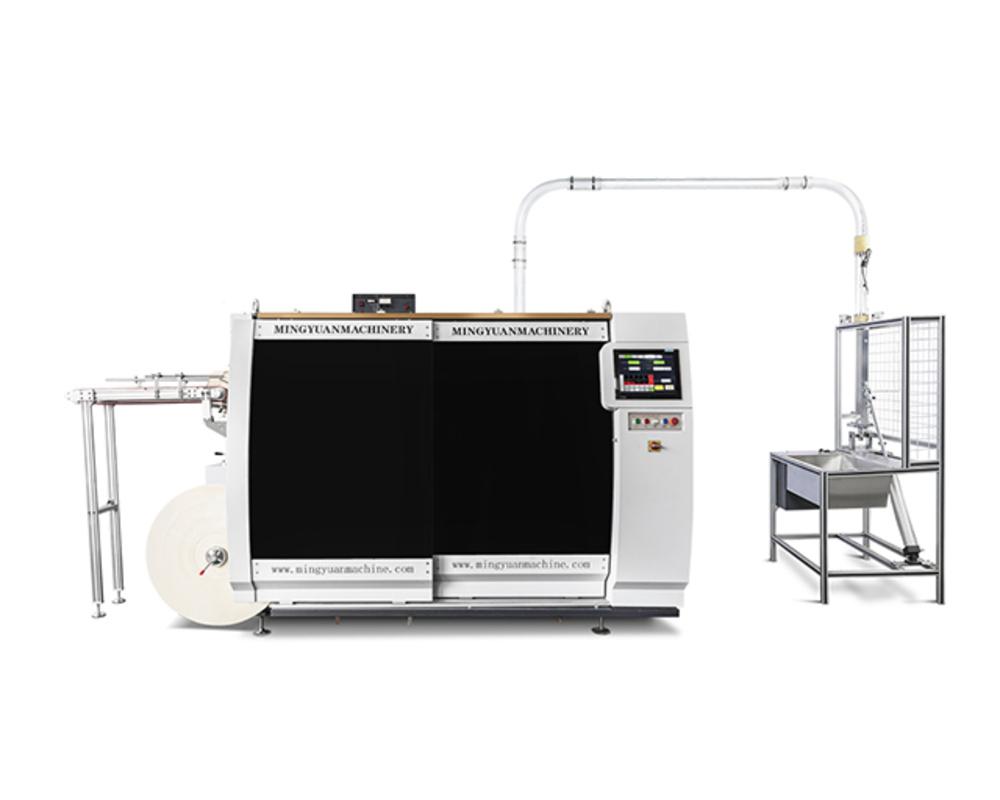


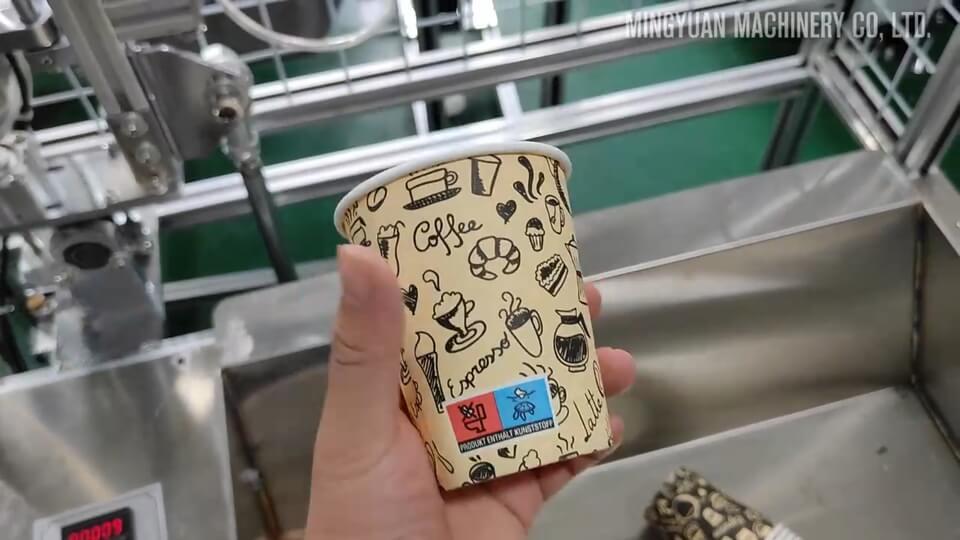
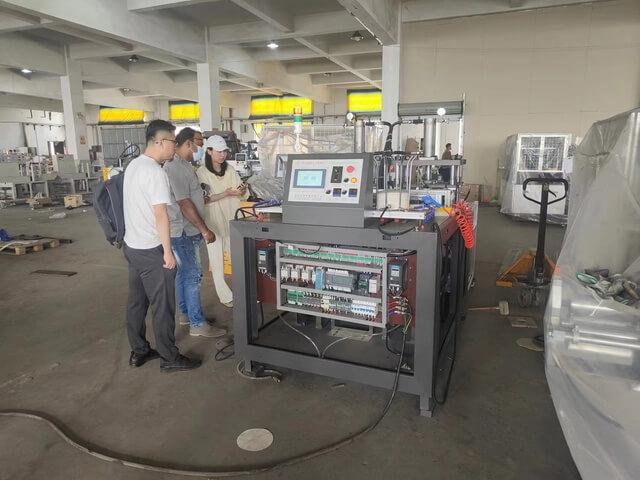
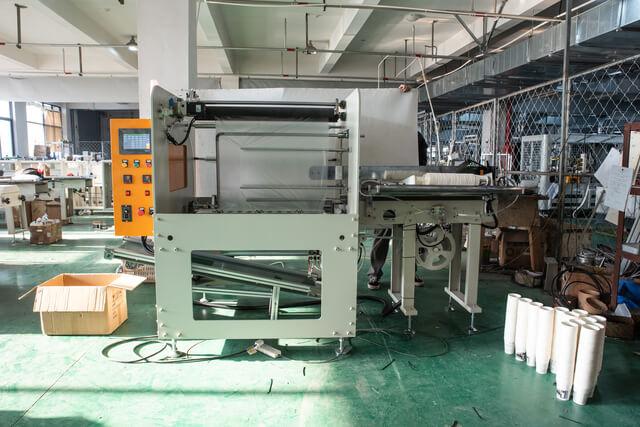

 Tel: +86-19057361870 / +86 577 65567060
Tel: +86-19057361870 / +86 577 65567060  Email: george@paper-cupmakingmachine.com
Email: george@paper-cupmakingmachine.com MP/WhatsApp: +86-19057361870
MP/WhatsApp: +86-19057361870 Manufacturer Address:No.1588, Huaming Road, Feiyun Street,Ruian City Zhejiang Province -325200 China
Manufacturer Address:No.1588, Huaming Road, Feiyun Street,Ruian City Zhejiang Province -325200 China




